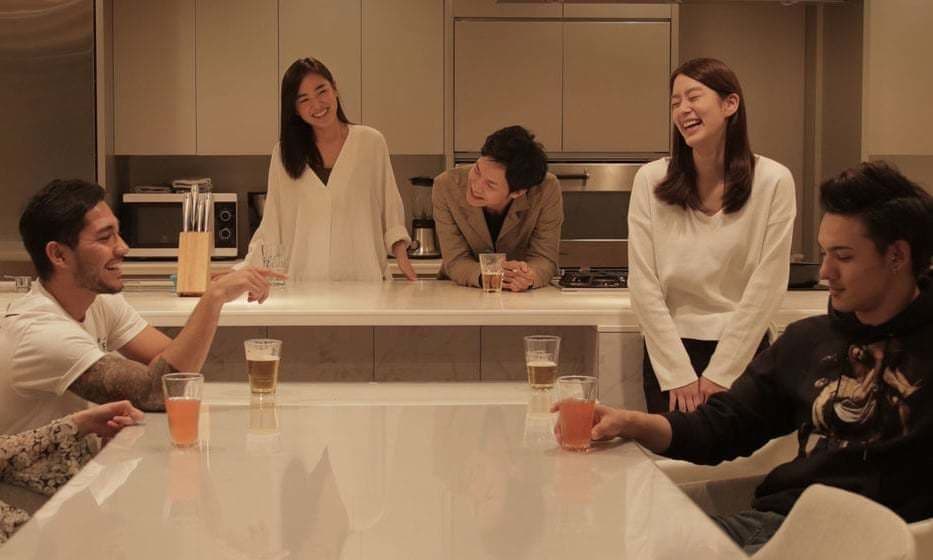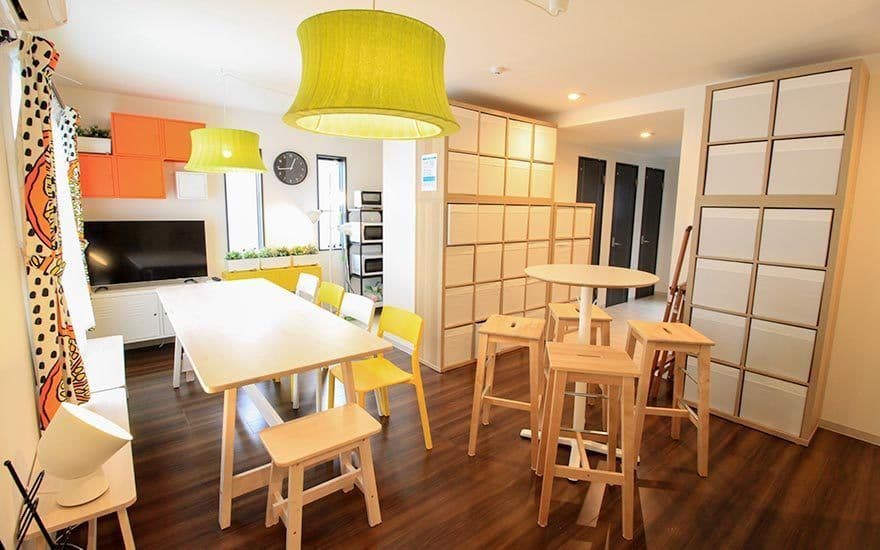 image: Oakhouse
image: Oakhouse
Share houses are the cheapest accommodation type you can find in Tokyo or in other major metropolitan cities in Japan. Here you can share a big apartment or house with Japanese and foreign housemates.
As Japanese cities become more populated, the need for more inexpensive yet comfortable living spaces is becoming more predominant.
What is a share house?
As the name implies, a share house is a type of accommodation that allows people to share a single house or big apartment. The idea is quite simple: you rent your own room and you share common areas such as bathrooms, toilets, lounge and kitchen space with other tenants.
If you are not used to this kind of living arrangement, you might be most concerned about losing your sense of privacy. Nonetheless, since a share house offers you your own private space, you don’t really have to worry about trying to get along with other tenants if it’s not in your wish list. You can enjoy your own quiet time and make the most out of your living space without worrying about anyone but yourself.
Room Types in Share Houses
Share houses offer tenants limitless options that optimize livability. If you are new to Japan and you have to work under a tight budget, you can look for several room types that can meet not just your budget, but your needs and expectations as well. As a guide, below are some of the room types you can choose from:
1. Single room
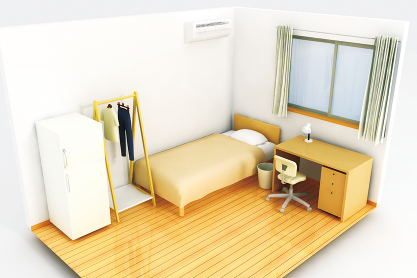
Enjoy your own private space without sacrificing a big chunk of your budget by renting out a single room. Ideal for single tenants and for those in couple, a single room allows you to create your own space while sharing common areas with other tenants in the house.
2. Shared room
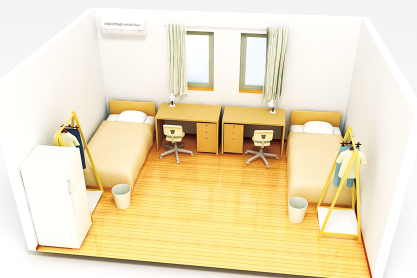
One of the most affordable types of accommodation, a shared room offers you a comfortable living space and adequate storage at an extremely low price. Unlike a single room, a shared room is rented out to two or more tenants.
3. Semi-private room
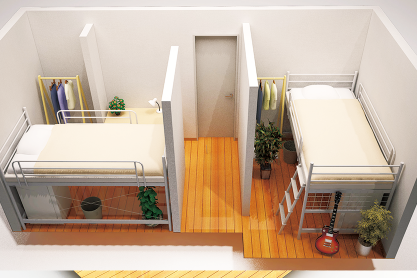
Although shared by multiple tenants, a semi-private room still provides a sense of privacy as each bed is separated by a curtain or a divider. Just like a shared room, a semi-private room is rented out at a low price.
4. Compartment
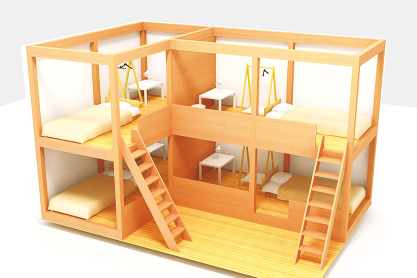
A compartment is a living space for around four tenants. Ideal for those with a limited budget, a compartment can be compared to capsule hotels in terms of cost-efficiency and living arrangement.
5. Dormitory
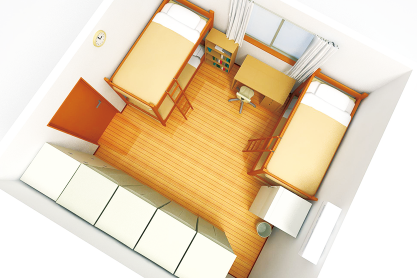
A living area that can accommodate several people, dormitories are designed with bunk beds and a security container. Among the five room types, dormitories are typically the cheapest.
6. Apartment
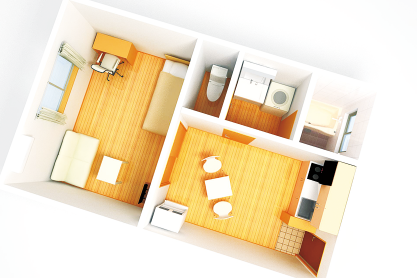
Apartment: With private kitchen, toilet, and shower. (1K/2DK, etc)
Common Areas in Share Houses
Regardless of the room types they feature, all share houses are designed with common areas including a kitchen, a bathroom, a toilet and a shared lounge or living room. Aside from facilitating comfort and convenience, these areas also give tenants an opportunity to bond and socialize.
To top it off, share houses that offer extra amenities also exist in Tokyo and and in other cities in Japan. Designed for groups of people that have common interests, these specialized share houses conform with a specific theme. Whether you are a sports enthusiasts or an aspiring gardener, you can surely find a share house tailored for your personal needs.
Rent of share houses
Want to save money without sacrificing comfort and convenience? Book a share house.
Just like in other cities, the pricing of each room greatly depends on factors like location, proximity to a station, available amenities and household services. Usually cheaper than a studio-type home, a share house grants you access to basic facilities while enabling you to create and enjoy your own space.
Why are share houses so popular?
Living in a share house has already been integrated into the Japanese culture. Just like a gaijin house, which is a type of accommodation suited for foreigners, a share house is able to accommodate several tenants for an extended period of time. Recently, “sharing” has become the key word of the times, whether it is “car sharing” or social networking, and many services sprung up to cater to the needs of those who need logic and simplicity. In this climate, the “share house” was a topic on TV dramas, variety shows, newspapers, magazines, and other media, leading it to become a popular topic in Japan. Also, there has been a “social shift” among young people who desire to connect with others every since the Great East Japan Earthquake in 2011. With this changing of values and stage of life, share houses were seen as necessary due to their logical fees (no key money or other such fees).
Also, in recent years, there have been many vacancies in normal rental properties, and the real estate industry has been putting effort into renovation, and there were many cases where old houses or old community dormitories were transformed into share houses, with emphasis on interior design, furniture, and share spaces where people can gather. These houses also provide people with valuable furnishings they may not be able to have if living alone, such as a theater room with a large screen, a fitness studio, a soundproofed room for playing musical instruments, or a nice, spacious kitchen.
Sources: Oakhouse, Nipponrama


